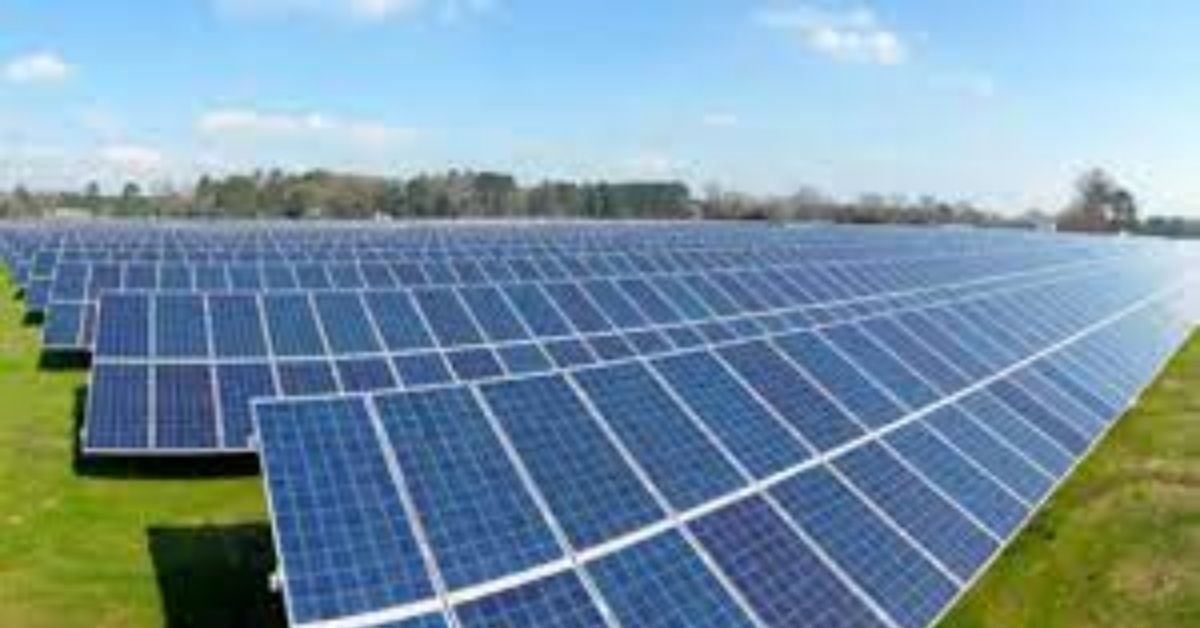A question mark has arisen over the trajectory of falling solar tariffs in India since the Centre announced its decision to levy from FY23 basic customs duty (BCD) of 40% and 25%, on import of solar modules and cells, respectively. Given that modules account for about 60% of the total project expenditure in solar plants, the use of Indian products in place of the cheaper Chinese modules by project developers is expected to lead to a rise in solar tariffs, experts say.
While domestic modules are currently priced in the range of 29-30 cents per watt-peak (c/wp), modules imported from China come for 23-24 c/wp. In fact, the substantial solar capacity addition India has seen in recent years has materialised through the use of foreign products, especially from China. The government has now ruled that all projects bid out after April 10 under central government schemes will have to source solar equipment from entities that are a part of the approved list of models and manufacturers (ALMM). No foreign module manufacturers have made it to ALMM for now.
“With prices of commodities rising globally, and the impending basic customs duty on solar imports, solar power tariffs are set to rise by around 20%,” says Amit Kumar, partner and leader, energy at PWC India. “This is the first time a price rise for solar equipment is on the horizon and it will be interesting to see how solar developers in the country cope with it,” Kumar adds.
Significantly, at the first auction, held in March, after the Ministry of New and Renewable Energy (MNRE) announced the levy of BCD on solar equipment from FY23, Gujarat discovered a solar tariff of Rs 2.20/unit. In December, 2020, the same state had discovered a record-low solar tariff of Rs 1.99/unit.
The role of imports in solar capacity addition is evident from the numbers for the April-January period of the last fiscal. Capacity addition in this period was down 45% y-o-y to 4.8 GW. These months also saw, on account of Covid-19 restrictions, a steep 75.4% y-o-y fall in import of solar equipment to $392.8 million.
There is also a view that Indian equipment makers have not been passing on all the benefits of technological advancement to project developers. “We have to see what price benefits Indian manufacturers are able to offer vis-a-vis Chinese suppliers when the basic customs duty (BCD) comes into effect. Until now, they have been adjusting their prices to the landed equipment price from China, rather than basing it on their production costs,” Naveen Arora, AVP, procurement at Amplus Solar tells FE.
On a more positive note, the government has decided to end the 15% safeguard duty regime and its lapse in July will open an eight-month barrier-free window for import of solar equipment, before the BCD comes into effect on April 1, 2022. This is expected to lead to a surge in procurement of modules and cells from China, helping projects that are underway.
About 34 GW of renewable energy (RE) projects are under various stages of implementation and 30 GW under various stages of bidding. In its latest report, the International Energy Agency (IEA) has said the country should set new records for RE capacity addition in 2021 and 2022 by clearing the pipeline of projects that have been bid out but could not be commissioned due to coronavirus disruptions. However, the IEA cautioned that the “current (April 2021) surge in Covid-19 cases has created short-term forecast uncertainty for this year”.
Source: Financial Express







